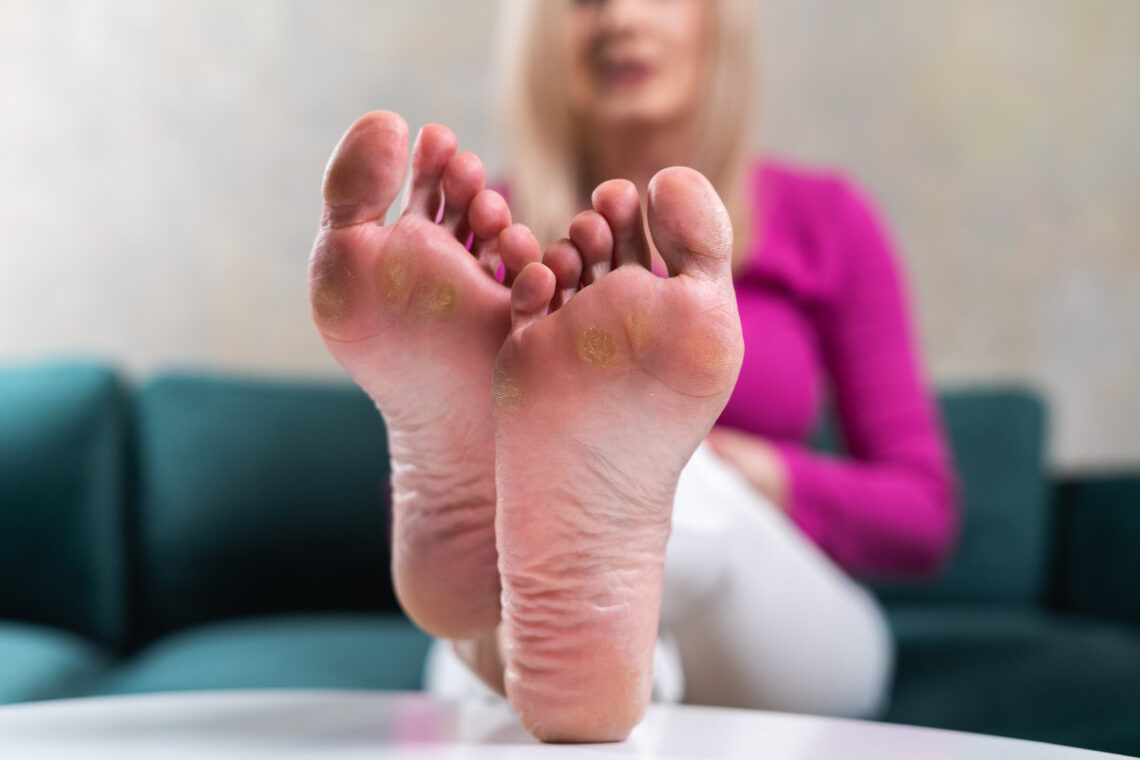
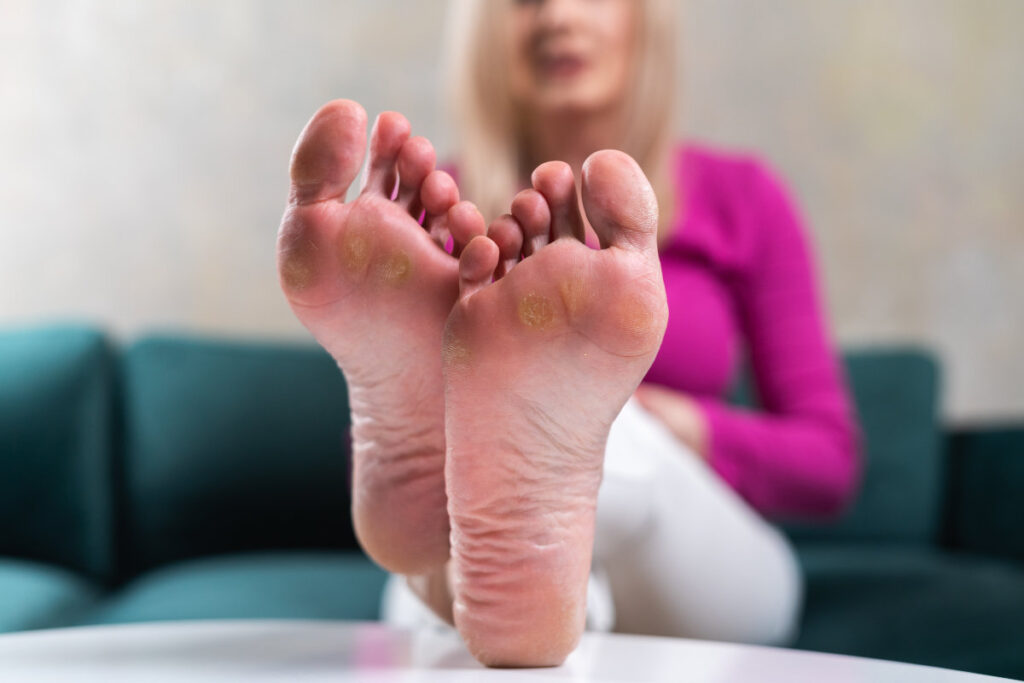
Read This and You’ll Know the Difference Between Callus and Corn…and What to Do!
A Callus and a Corn are similar and are among the most common foot problems. However, in this blog, we will discuss the differences and what can be done to reduce or eliminate these painful conditions. The symptoms of corns and calluses can vary from a minor irritant to severe pain because of the difference between callus and corn location on the feet. Of all the foot ankle problems, corns and calluses can be the most irritating for some.
What are Calluses?
A callus is an area of skin build up that becomes hard and this dead skin becomes painful. The layers of skin become thickened. Calluses tend to be larger than corn and often don’t have a painful core in them which is more common with corn. Calluses also tend to be on weight bearing surfaces of the foot especially on the bottom. There are different types of calluses. Some are very diffuse and not very deep, therefore not too painful. The most painful are deeper and may have a central core of dead skin that is very sensitive to pressure. This type of callus is most painful. Both calluses and corns can be painful to touch.
What are the symptoms of calluses on feet?
- Thickened, rough, and hardened patches of skin.
- Usually appear on the soles of the feet, especially on the heels or balls of the feet.
- Often larger and less defined than corns.
- Can be less sensitive to touch compared to surrounding skin.
- Generally not painful, but may cause discomfort if they become too thick.
Causes of Calluses Include:
- Repeated friction and pressure from activities such as walking, running, or wearing tight or ill-fitting shoes.
- High heels or shoes with thin soles that do not provide adequate cushioning.
- Certain foot deformities, like bunions or hammertoes, which alter the way pressure is applied to the feet.
- Wearing shoes without socks, leading to more direct friction.
What are Corns?
A corn tends to be smaller than a callus but is more likely to have a painful core in the center of it. A corn tends to be composed of a buildup of thickened skin much like callous. However, you can have another type of corn called a soft corn that may appear between your toes especially between the fourth and fifth toes in the 4th webspace. Generally, a corn is located on the toes.
What are the symptoms of corns on feet?
- Small, well-defined, and often round thickened areas of skin.
- Typically found on non-weight-bearing parts of the feet, such as the tops and sides of toes or between toes.
- Can be hard (with a dense core) or soft (usually found between toes and kept moist by sweat).
- May cause significant pain or discomfort, especially when pressed.
Causes of developing corns on your feet include:
- Excessive pressure or friction from tight or poorly fitting shoes.
- Toe deformities such as hammertoes or claw toes, which cause the toes to rub against the shoes.
- Abnormal gait or walking patterns that increase pressure on certain areas of the feet.
- Repeatedly wearing high heels, which shift weight to the front of the feet.
How Can You Prevent Suffering from Corns and Calluses?
A callus tends to be located in an area where there is excessive weight being placed, especially on the ball of the foot. We bear weight on the ball of the foot on the metatarsal heads. There are five metatarsal bones that take most of the weight on the ball of the foot. From improper biomechanics of foot structure, extra weight may be placed on one of these bones and the body’s reaction to that pressure is to build up the skin which we call a callus. A structure issue that some people are born with is called a Mortens Foot. With a Mortens foot, the first metatarsal which connects to the great toe may be shorter than it should be. When this occurs, your foot will put more weight than it should on the adjacent second metatarsal head causing a callus to form.
An example of a corn is when it’s associated with a hammertoe. This can occur on any of the toes but is rarely seen on the great toe. Oftentimes the small toe, 5th digit is hammered and curved towards the adjacent 4th toe. This is probably the most common type of hammertoe to develop a corn. A corn will then be created on the side of the toe that then rubs the shoe. In some cases, the rubbing of the 5th toe against the 4th toe may also create an irritation and therefore a corn will develop. The second digit is also a common place for corn to appear. It may be on the top of the knuckle of the toe and the tip if the digit.
Ideas For Treatment of Corns or Calluses at Home
Footwear:
- Choose properly fitting shoes with adequate cushioning and support. Shoes should not be too tight or too loose.
- Avoid high heels or shoes with thin soles that do not provide sufficient padding.
- Consider using shoes with a wide toe box to reduce pressure on the toes.
- Wear moisture-wicking socks that provide cushioning to reduce friction.
- Avoid walking barefoot on hard surfaces.
Foot Hygiene:
- Keep feet clean and moisturized to prevent dry, rough skin that can lead to calluses.
- Regularly exfoliate feet to remove dead skin.
Protective Pads:
- Use over-the-counter pads or cushions to protect areas prone to friction and pressure.
- Custom orthotics may help distribute weight more evenly and reduce pressure on specific areas of the feet.
Activity Management:
- Take breaks from activities that put excessive pressure on your feet.
- Alternate between different types of footwear to avoid constant pressure on the same areas.
What Your Podiatrist May Recommend Based On The Difference Between The Callus and Corn
For calluses on the ball of the foot, custom made inserts (orthotics ) may be recommended to reduce the buildup of skin and slow down its recurrence.
Periodic debridement may be recommended as this provides the option of having the podiatrist trim the tissue down. This may be advised every 2-4 months. This is also a common recommendation for those with diabetes. Tolcylen soaks can also be recommended. This is a new product that we currently sell though our office that is getting rave reviews. By using this soak on a regular basis, it gradually eats away at the dead tissues and also moisturizes your skin. It’s been exciting to introduce to our patients.
Below are some images that show the improvement our patients received when using Tolcylen.
Surgery is seldom, however it can be an option when conservative measures fail. Surgeries involve addressing the issues with the bones that we bear weight on to reduce the weight bearing on that specific bone.
Treatment of Corns and Callus
There are multiple options when it comes to the treatment of corns.
- Pumice Stone: This can be used to periodically trim down the buildup of skin.
- Inserts (Orthotics): To know if shoe inserts may help examine your feet. Shoe inserts may help if the callous in on the ball of the foot. The inserts may also reduce the weight load on the callus and help reduce the pain
- Soaking Your Feet in Warm Water: This can be useful to soften the tissue especially before the use of a pumice stone.
- Wearing Socks: It may be important to consider wearing socks frequently if you don’t as the padding from the soft sock may help.
- Shoe Gear: To prevent corns and calluses selection of shoe gear may be important.
Now you know the difference between callus and corn, you should be able to determine what treatments to consider in your plan. When speaking to your local podiatrist in Fort Collins, Loveland, Broomfield or the Denver, Colorado area consider the options we have outlined above. Feel free to reach out to your qualified, experienced and certified podiatrist at our clinical location in Broomfield for advice or schedule an appointment.


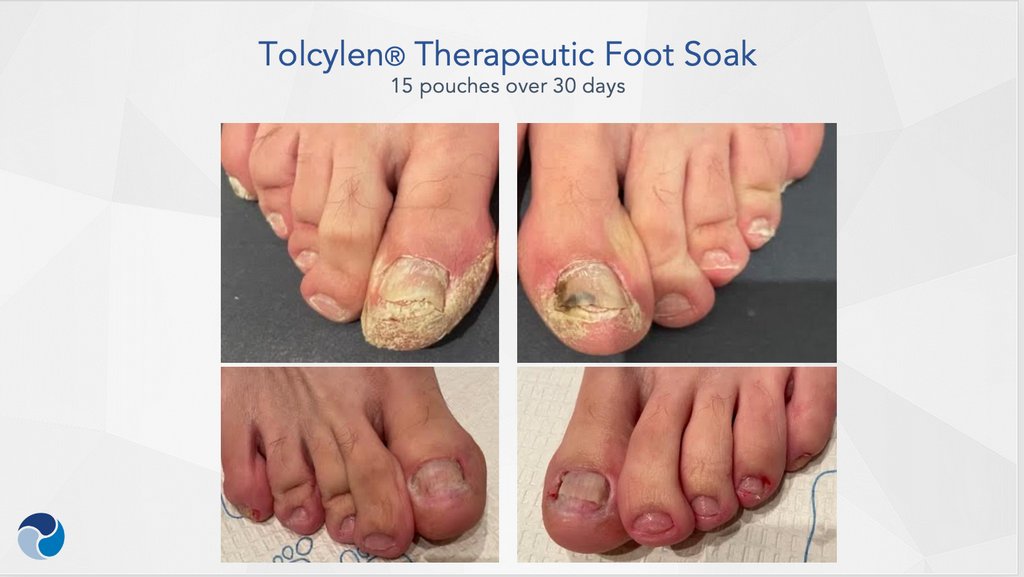

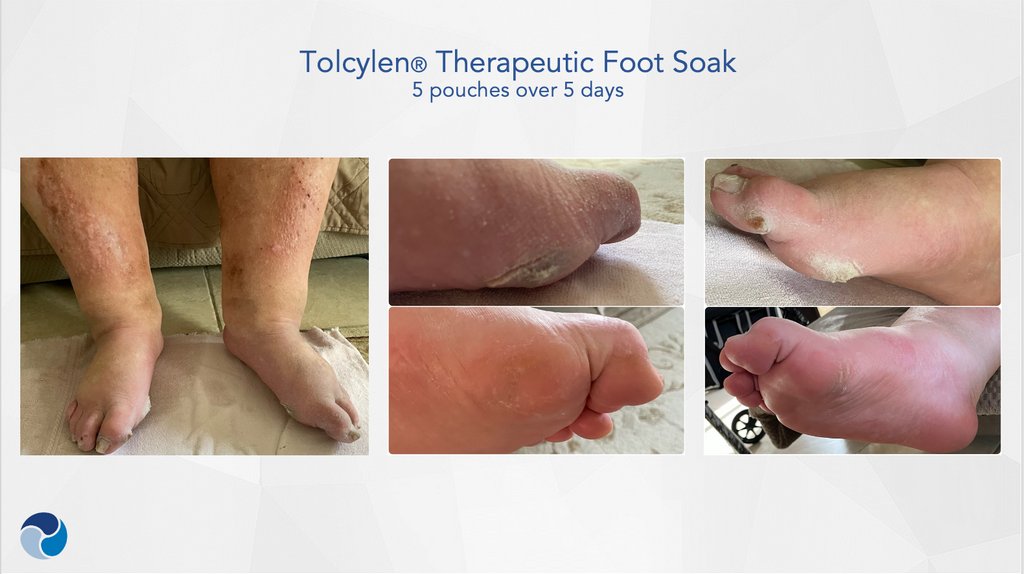
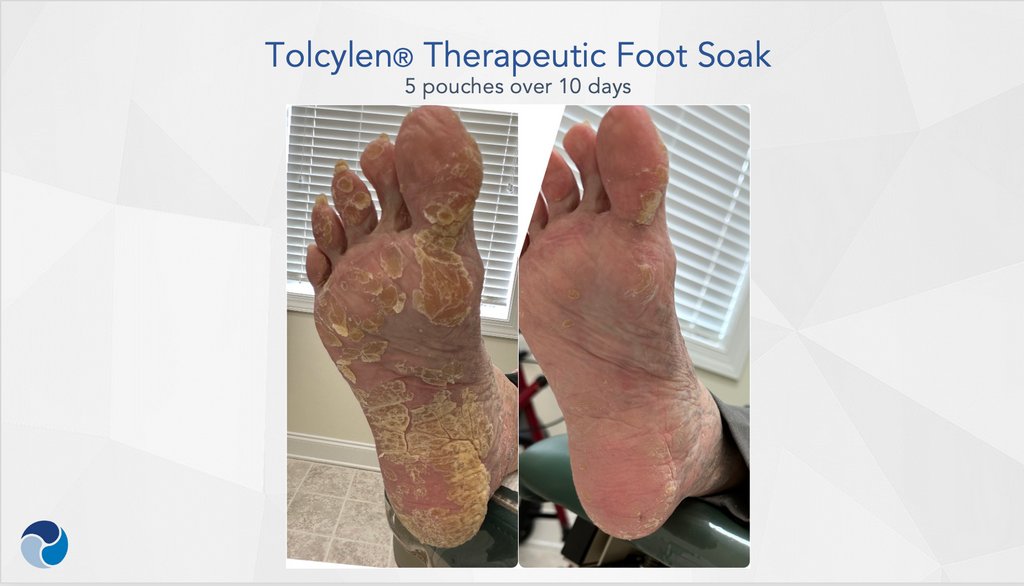
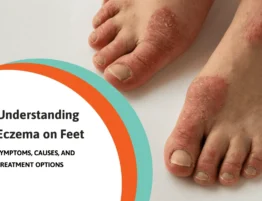







Write a comment: